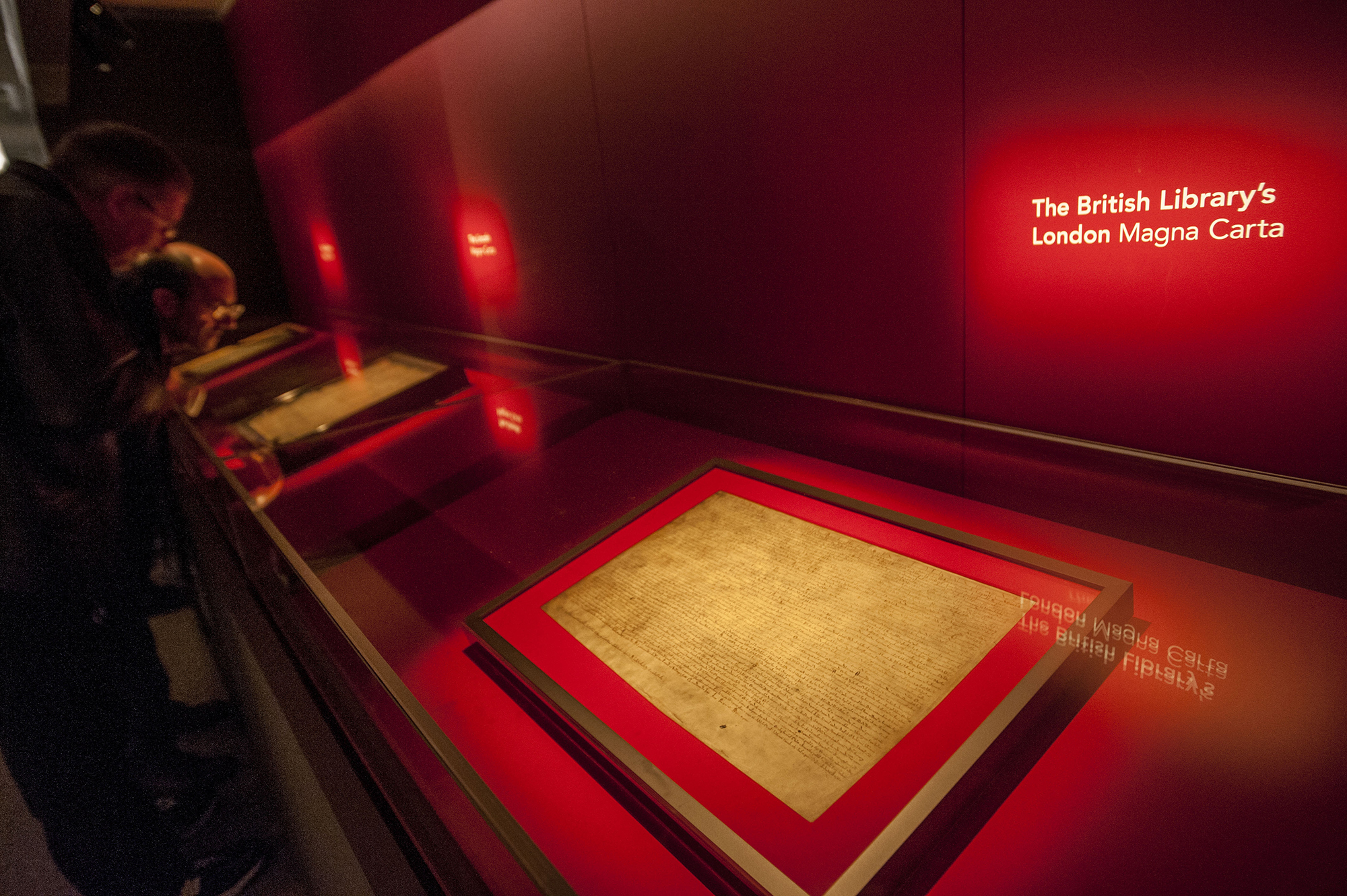
PADUCAH, KY. (BP) — Eight hundred years ago on June 15, 1215, a group of English nobles at Runnymede forced a reluctant King John to endorse a document of grievances against royal authority.
 Written by Stephen, the archbishop of Canterbury, the Magna Carta was designed to be a compromise between rebellious nobles and the king. The work contained allusions to protecting religious liberty that, remarkably, would be embraced by England, the United States and much of the West today in subsequent centuries.
Written by Stephen, the archbishop of Canterbury, the Magna Carta was designed to be a compromise between rebellious nobles and the king. The work contained allusions to protecting religious liberty that, remarkably, would be embraced by England, the United States and much of the West today in subsequent centuries.
Before discussing how the Magna Carta — “The Great Charter,” now at its 800th anniversary — started the long journey of governments recognizing the principle of religious freedom, some clarifications are in order.
The Magna Carta itself was not written specifically to address religious freedom and, in fact, the document functioned primarily as a set of grievances on the part of some rebelling nobles against King John and a set of actions and compromises to address those grievances.
Revised time and time again in the centuries that followed, new information impacted the original issues in 1215. Later English rulers signaled their support or opposition to these various revisions. And finally, more significant language in other important documents of later ages enshrined religious liberty on both sides of the Atlantic.
With those clarifications, and with aspects of religious freedom quite different in the 21st century than in 1215, various provisions of the Magna Carta nevertheless shaped the unfolding concept of religious liberty. For instance, Article One stated, “First that we have granted to God, and by this present charter have confirmed for us and our heirs in perpetuity, that the English Church shall be free, and shall have its rights undiminished, and its liberties unimpaired.”
While this provision seems incredible for its time and comports well with contemporary Western and Christian thinking, it should be noted that Article One was written in the context of a three-way fight for English church dominance between the papacy, the king and some members of the English nobility. The provision itself seems directed more against royal interference with the church and the fact that many English churchmen had joined in the rebellion against King John.
Furthermore, while declaring that the English church “shall be free,” it was understood in 1215 (300 years before the Reformation) that the church functioned as part of the universal church dominated by the papacy and that it possessed the beliefs and practices set forth by the papacy. As an aside, the pope himself later annulled the document. Although unstated, perhaps he became concerned with how the document might restrict papal influence within the British Isles in the future. Nevertheless, as a principle, Article One established a bold precedent for future religious freedom.
Among other provisions in the document, Article 22 restricted fines on the private property owned by church clerks to only the value of the particular property without reference to the total value of an ecclesiastical holding in the kingdom (that is, the church as a whole would not be assessed for its holdings within the kingdom — a practice that the English monarchy may have sought to impose in view of its funding shortfall at the time).
Article 27 empowered the church to supervise the liquidation of the property of free men who left no will. This provision probably preserved a practice already in place, but with this provision, the framers formally ensured that that the church, rather than the state, be involved in these personal but important post-mortem decisions.
Article 62 issued pardons for all (including individual clergymen) involved in the dispute between the crown and clergymen who had joined the rebellion against the king. This continued a pattern within the document of also protecting the rights of clergymen apart from the protections on the church itself — an important aspect of religious liberty.
Finally, Article 63 again confirmed the freedom of the English church with similar language as found in Article One.
Other articles that seemingly expanded the privileges of the nobles apparently referenced the clergy as well. Some of these guarantees included provisions for trials in local courts, protections against unlawful seizures of goods or persons, and respect for property rights. The framers of the document noted that all these customs and liberties applied to “all men of our kingdom, whether clergy or laymen.”
For the next few hundred years, various English political figures invoked the Magna Carta in defense of both political and religious liberty rights. Furthermore, the British and American political bodies, building on the lofty but hazy principles of the Magna Carta, eventually added more substantial protections to religious liberty. The British Act of Toleration of 1689 recognized the rights of all Protestants, including Baptists, to practice their faith without interference. In 1791 and 1829, the British Parliament legalized the status of Catholics by the Roman Catholic Relief Acts.
In the United States, the Constitution of 1787 and the Bill of Rights of 1791 gave specific protections to religious liberty that included the abolition of religious tests for public office and specific guarantees for citizens to practice their faith. Other Western nations, as well as many non-Western nations, offered similar protections in the years after the 1790s.
The struggle for religious liberty has been in progress for 800 years. At a time of escalating religious liberty issues, what started on the fields of Runnymede in 1215 remains relevant to the present day.
















